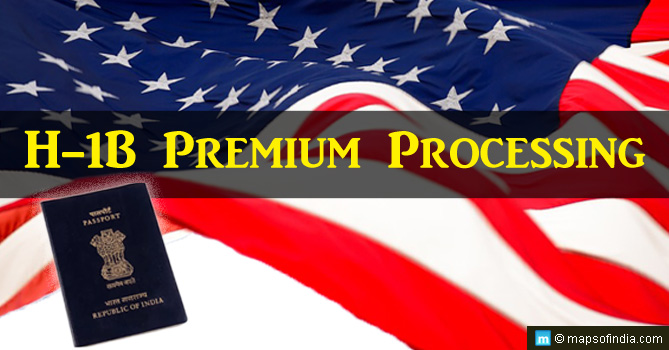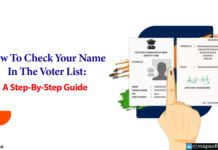
H-1B visa is a temporary work visa in the US that remains valid for 6 years. This visa is highly popular among international students, Indian IT workers, and other foreign workers (having specialist knowledge, a bachelor’s degree, or higher degree) who want to work temporarily in the United States.
The US immigration authority issues a certain number of H-1B visas for eligible foreign workers and students. The maximum number of H-1B visas that are issued changes from year to year. Therefore, every visa applicant will not get it. This year more than 200,000 people applied for H1B visa but only 85,000 people received it.
What is H-1B Visa Premium Processing?
Per USCIS (United States Citizenship and Immigration Services), the premium processing service expedites the H1B visa processing for certain kinds of employment-based petitions as well as applications. The petitioners or applicants who choose this premium processing service receive a faster processing guarantee (within 15-calendar-days) from the US immigration services.
Was H-1B Visa premium processing suspended?
Yes, the H-1B Visa Premium Processing service was suspended by the US administration in March 2018. This caused lots of uproar among employers. USCIS claimed that the suspension period will provide them the requisite time in processing petition backlog.
What were the effects of suspending H-1B Visa premium processing?
- H-1B visa holders also faced problems in changing jobs or moving to new offices.
- The companies that relied on the H-1B Visa Premium Processing for meeting their staffing needs faced lots of problems including a long wait for visa approval.
- Every single industry suffered from a shortage of qualified workers. The main industries that suffered from a decline in H-1B approvals during 2016-2018 are science and technology, food services, accommodation, and agriculture.
Resumption of H-1B Visa Premium Processing for FY 2020
On March 19, 2019, USCIS announced that from April 1, 2019 (exactly 6 months prior to the start of USCIS 2020 fiscal year, which starts from October 1, 2019), they would start accepting H1B 2020 petitions. It brought cheers among companies and applicants who were tired of the long waiting times for getting H-1B visa approval.
H1B Visa 2020 Premium Processing: New Guidelines
New guidelines have been published for both H1B Registration and H1B Visa Premium Processing for the fiscal year 2020.
H-1B Visa Premium Processing will be offered in 2 phases:
- Phase1 will consider those petitions that are filed with COS (Change of Status).
- Phase 2 will consider all other petitions.
- That’s the main change in the H-1B Visa 2020 Premium Processing guidelines, especially when compared with that of the last few years.
- The COS Petitions will need the petitioner to submit a request form for premium processing (Form I-907) in addition to the original H-1B petition that was filed on April 1, 2019. In the I-129 form, they must select option B in Part 2 for highlighting the COS application.
- If an employer doesn’t file premium processing at the beginning, they’ll not be able to upgrade it in the middle.
- The H-1B Visa premium processing clock started from May 20, 2019.
- Premium processing for general petitions that are filed under consular processing without COS opens around June 2019 or even later.
- If an employer has filed a petition under non-COS or under consular processing category on April 1, 2019, they’ll not be able to file for H-1B Visa premium processing.
- These petitions can be upgraded for premium processing only if USCIS announces (through a press release) about premium processing of this category.
- Premium processing can be availed by all petitions that are not subjected to any kind of cap including transfers and extensions. This is especially helpful for those who either have a better plan or offer for extending the H-1B visa.
- USCIS has launched an H1B Employer Data Hub on April 1, 2019. It will provide transparent information about H-1B visa sponsoring company details (name, location, NAICS code, city, state, zip code, approval/denial rate, and many more). This data hub will be extremely helpful because petitioners don’t have to rely on LCA data (which are not always accurate).
- For FY 2020, a part of the New H1B Registration Rule will become applicable. Change in lottery order will be applicable, which will increase H1B Masters quota petition options.
- USCIS has reaffirmed that 85,000 H-1B visas will be available including 65,000 regular cap and 20,000 US Masters cap.
Conclusion
Trump administration has made it difficult for immigrants to get into the US. However, resumption of H1B Visa 2020 Premium Processing along with the new guidelines has eased the visa process a bit, especially for the companies that seek qualified foreign workers.




